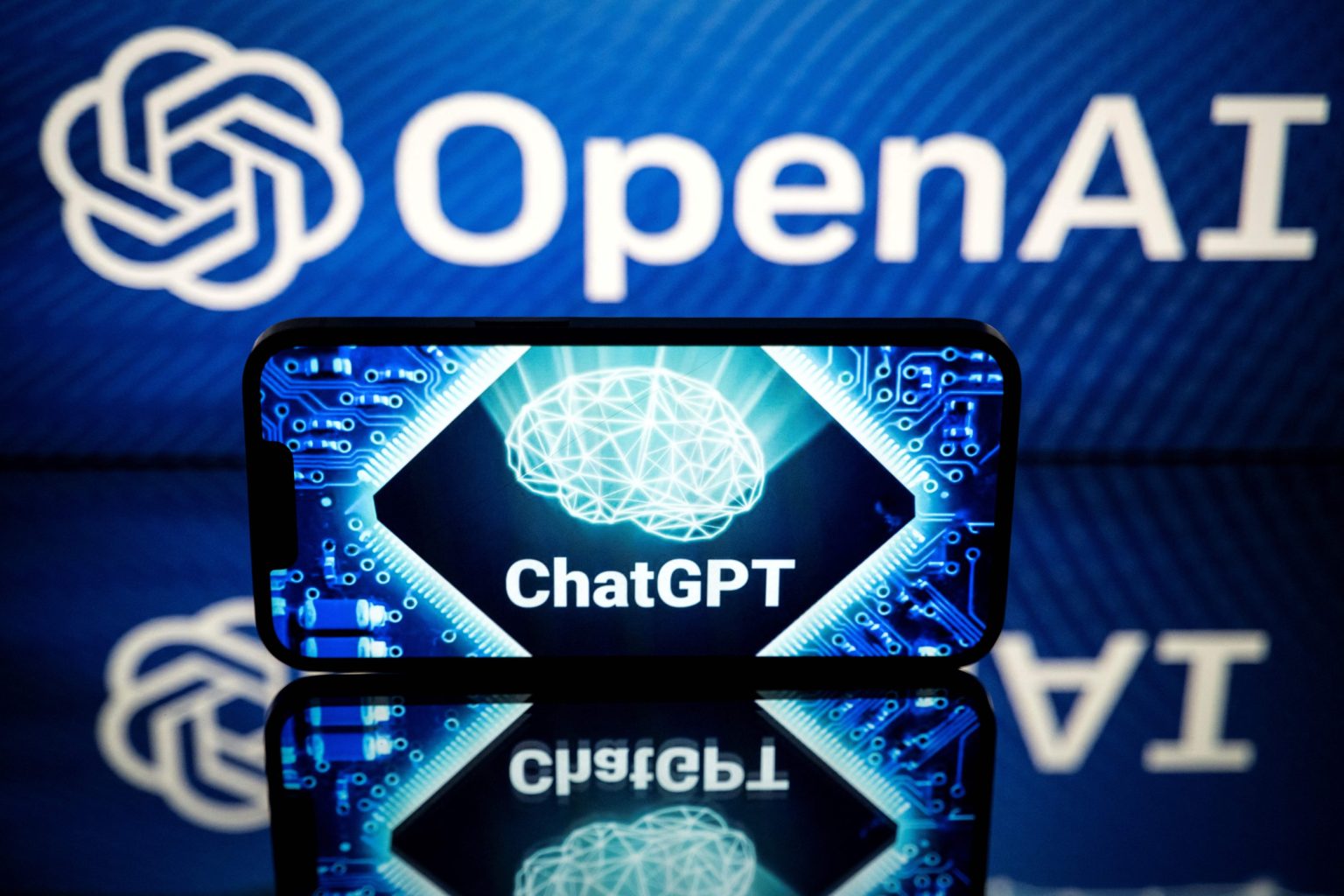Suchir Balaji, a 26-year-old former researcher at OpenAI, tragically passed away in his San Francisco apartment on November 26, 2024. Local authorities suspected suicide as the cause of death, a determination later confirmed by the San Francisco medical examiner’s office. While the San Francisco Police Department initially stated there was no evidence of foul play, the circumstances surrounding his death bring to light the intense pressures and ethical dilemmas faced by individuals working at the forefront of artificial intelligence development. Balaji’s story intertwines with the complex and controversial issues of copyright infringement and fair use in the rapidly evolving world of generative AI, a field where he once held high hopes.
Balaji’s journey at OpenAI began in 2020, filled with the idealistic vision of using AI to tackle humanity’s most pressing challenges. He envisioned AI as a tool to conquer diseases and even combat aging. However, his optimism gradually eroded as he became increasingly concerned about OpenAI’s approach to copyright law, particularly regarding its groundbreaking chatbot, ChatGPT. His involvement with the development of ChatGPT, spanning approximately 18 months, exposed him to the legal complexities of training large language models on vast datasets of copyrighted material. This exposure led him down a path of questioning and ultimately, dissent.
Balaji’s concerns centered on the legal concept of “fair use,” a doctrine that allows limited use of copyrighted material without permission from the copyright holder. He publicly voiced his doubts about OpenAI’s reliance on fair use as a defense against accusations of copyright infringement. He argued that generative AI products like ChatGPT, capable of creating content that directly competes with the copyrighted works they are trained on, stretched the boundaries of fair use to a breaking point. His growing unease with the company’s legal stance transformed from curiosity to conviction, culminating in his departure from OpenAI in 2022.
Balaji’s public pronouncements on the matter took the form of social media posts and an interview with The New York Times, a publication currently embroiled in its own copyright infringement lawsuit against OpenAI. He openly shared his evolving perspective on the ethical implications of generative AI and its potential to disrupt established copyright norms. His willingness to speak out against his former employer underscored the depth of his convictions and his belief that OpenAI’s practices were not ethically defensible. He ultimately concluded that anyone sharing his beliefs about the misuse of copyrighted material in AI development had no choice but to leave the company.
OpenAI, for its part, maintains that its practices fall within the bounds of fair use. The company argues that its AI models learn from existing data, much like humans do, and that fair use is designed to foster innovation by allowing new ideas to build upon pre-existing ones. This defense has been tested in court, with varying results. While a lawsuit brought by media outlets Raw Story and AlterNet was dismissed, OpenAI continues to face legal challenges, including the high-profile suit filed by The New York Times. The ongoing legal battles highlight the tension between promoting innovation and protecting the rights of copyright holders in the age of AI.
Balaji’s story underscores the complex ethical landscape surrounding the development and deployment of artificial intelligence. His disillusionment with OpenAI and his tragic death serve as a stark reminder of the potential human cost of rapid technological advancement. While the specifics surrounding his death remain sensitive, his public statements suggest that the ethical dilemmas inherent in his work played a significant role in his increasing distress. The broader implications of his story raise crucial questions about the responsible development of AI, the need for clear legal frameworks regarding copyright in the digital age, and the importance of safeguarding the well-being of those working on the cutting edge of these transformative technologies.

